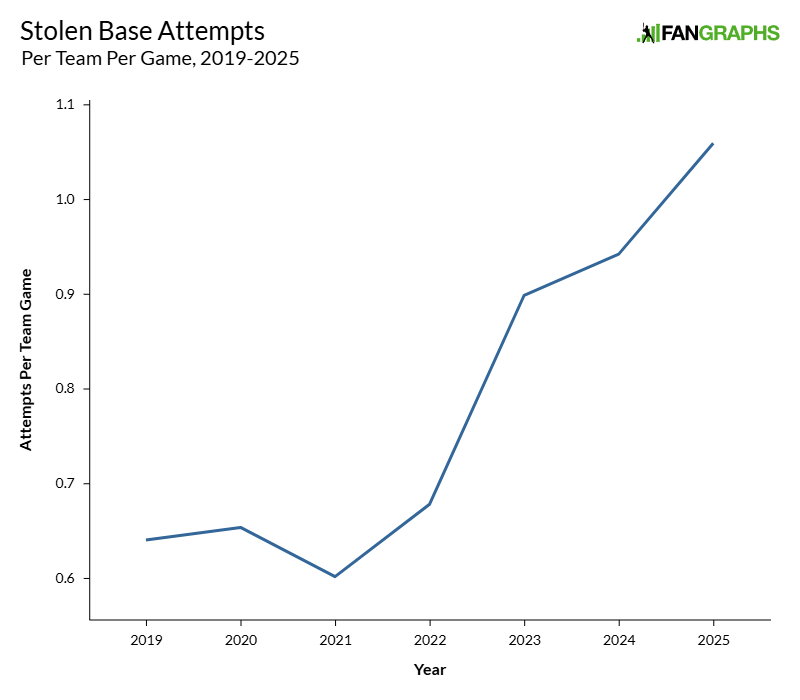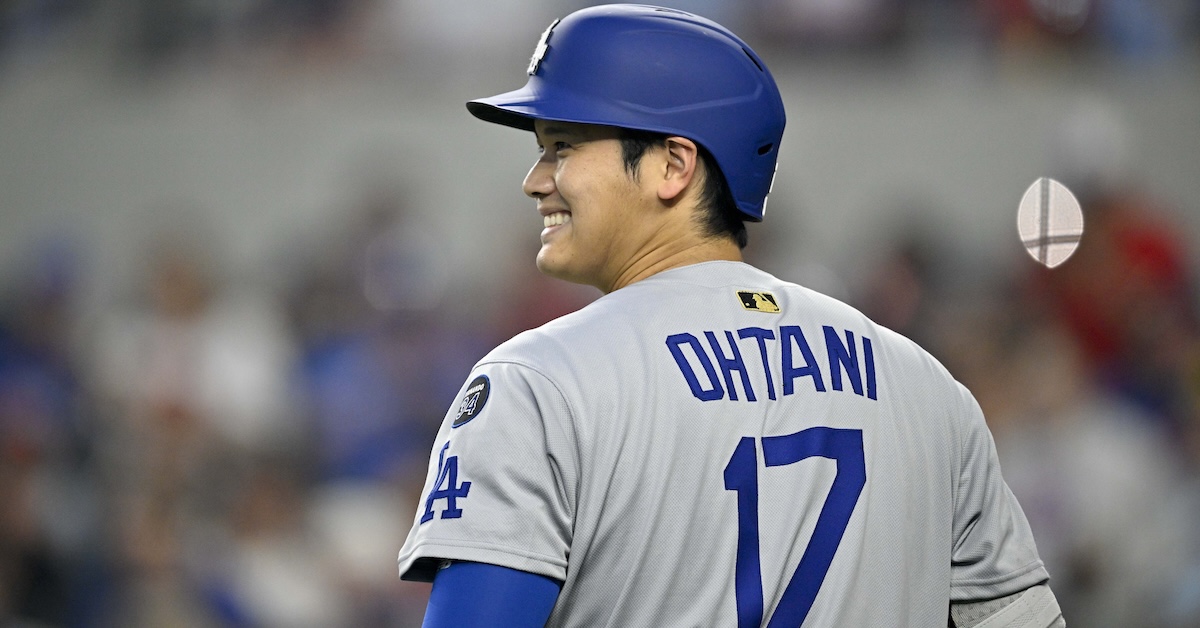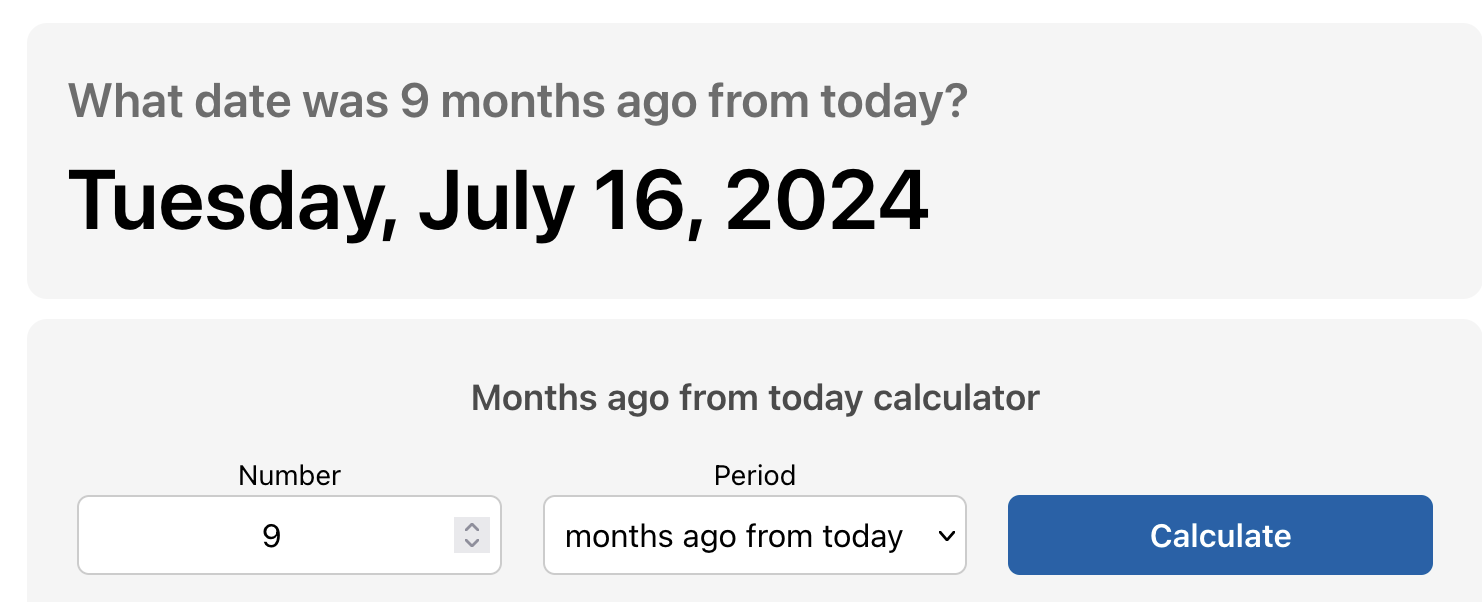Mighty Righty Tommy Edman

A certain joke has been making the rounds for a while now. It’s really simple. It goes, “Tommy Edman, power hitter? [Pause for laughter].” I made this joke myself during the Tokyo Series. If and when the joke is actually funny, it’s because Edman doesn’t have the traditional look or profile of a power hitter. That kind of incongruity makes a great premise both for jokes and for a startlingly high proportion of children’s movies. A switch-hitting, 5-foot-9 utility player who wants to be a power hitter is roughly as quirky as a rat who wants to be a gourmet chef, a robot who wants to find love, or a snail who wants to be a race car driver.
Edman never reached double-digit home runs until he got to the majors, and he has still never hit more than 13 in a season. However, I think it’s time we changed our inflection. Tommy Edman is a power hitter, or at the very least, he’s half a power hitter. That might come as a surprise, even to those of us who have been rooting for him (and thinking of him as Cousin Tommy) ever since his debut in 2019.
All three of those home runs are from this year, and all three were hit harder than 108 mph. Edman’s eight homers this season are tied for sixth in baseball. He also ranks 27th among qualified players in slugging percentage (.514) and 16th in isolated slugging percentage (.271). However, it goes without saying that a hot start like this won’t last forever. Edman is hitting the ball hard, but his bat speed is still well below average. He’s succeeding by pulling tons of balls in the air, and while I would love to see him hold onto those gains like high-contact guys Daniel Murphy and Justin Turner before him, we’ll have to wait and see where things settle. For that reason, I don’t necessarily want to focus on this power surge. I want to think bigger. Read the rest of this entry »










